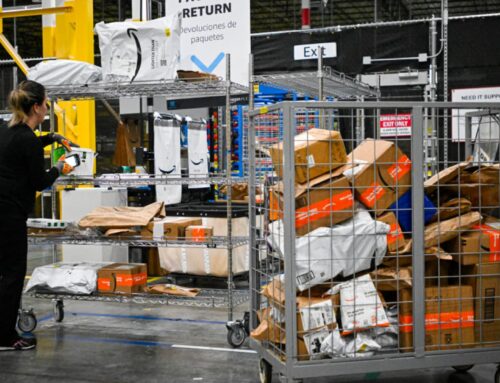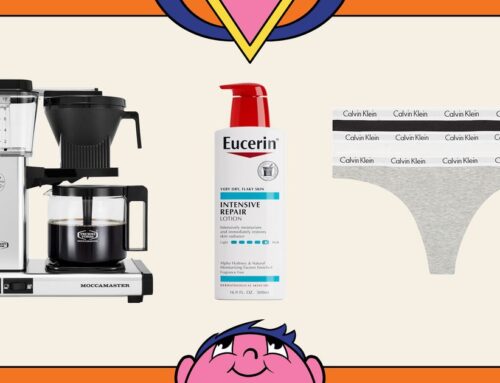Amazon’s Day 1 Prime Day Sales Dropped 41%, Report Finds
July 9, 2025
Topline
A report from a major sales manager found “doorbusting” Amazon Prime Day sales were down 41% on the sale’s first day—but this might just mean customers are spending less in the early hours after Amazon doubled the length of its landmark sales event to four days this year, according to experts, while an Amazon spokesperson slammed the report as “highly inaccurate.”
Key Facts
Momentum Commerce, which manages Amazon sales for popular retailers accounting for $7 billion in spending on the online platform, said sales on the first day of Prime Day were down 41% compared to last year—but the company is still projecting growth from sales as Prime Day moves from a two-day event to four full days of deals.
Amazon spokesperson Jessica Martin told Forbes in a statement Momentum’s numbers are “highly inaccurate” and said they were made by a third-party consultancy without access to the entire data.
Momentum is predicting growth of 9.1% from last year—down from the 14% growth projection in its own preview published in June.
Sales for Momentum’s 30 million products on Amazon were still up 477% compared to an average day of sales over the last month, the company said, meaning if those numbers held for the next three days it would still mean this year’s Prime Day sales would top 2024’s.
Momentum also said it saw “record high” engagement on Amazon, which was “most likely explained by consumers adopting more of a ‘wait and see’ mentality.”
What Is Amazon Saying?
“We’re pleased with customers’ response to Prime Day so far and it is still early in the 4-day event,” Martin told Forbes. Speaking to Bloomberg on Wednesday, Amazon Prime head Jamil Ghani also said he was “pleased” with the early results. Ghani said Amazon was also offering “double” the amount of deals worth 50% or more, which he said was “driving the engagement across the millions of deals we have in 35 categories.”
Contra
Despite the early numbers reported by Momentum, Adobe Analytics said all online sales were still up more than 10% compared to the first day of Prime Day last year, CNBC reported. Online retailers raked in over $7.9 billion Tuesday, as competitors like Walmart, Wayfair and Target run parallel sales simultaneous to Prime Day for the first time. In its report, Momentum also noted stronger growth from direct-to-consumer websites during Prime Day, attributing that to a “halo-effect” from Amazon. “We believe Prime Day is increasingly becoming a proverbial ‘rising tide that lifts all boats,’” Andrew Waber, the director of market research at Momentum, told Forbes.
Are Tariffs Impacting Amazon Prime Day?
Momentum said “tariff impact” likely played a role in sales, noting that the average discount on their products on Day 1 was 21%—down from 24% last year.“Trade policy uncertainty has driven widespread conservatism in supply chain, pricing, and advertising decisions,” Momentum wrote in an analysis sent to Forbes on Wednesday.
What To Watch For
Customers might be taking advantage of this extended time frame of this year’s Prime Day as “shoppers strategically time their purchases across the extended event window to capitalize on new deals being released each day,” Waber told Forbes on Tuesday. Earlier on Tuesday, Momentum said early spending was down nearly 14%, Bloomberg first reported—a major shift from past years, when customers spent considerably more on the sale’s first day.
Key Background
Amazon’s stock price is down since its $242.52 peak in February, missing out on recent all-time highs for many stocks, and it was heavily impacted by the slump following President Donald Trump’s “Liberation Day” tariff announcements. Amazon announced earlier this year it would extend Prime Day into a four-day sales event, up from two days of rapid deals. Amazon is also facing steeper competition this year from competing events on the same days from other retailers, including Walmart, Wayfair’s “Four Days of Sales” and Target’s “Circle Week.”
Big Number
$23.8 billion. That’s how much Adobe Analytics predicted Amazon customers would spend during the four day event—about $9.6 billion more than they spent during the event last year. The largest spending increases would come from customers shopping for school supplies—backpacks and lunchboxes, children’s apparel and office supplies—Adobe predicted.
Search
RECENT PRESS RELEASES
Related Post


